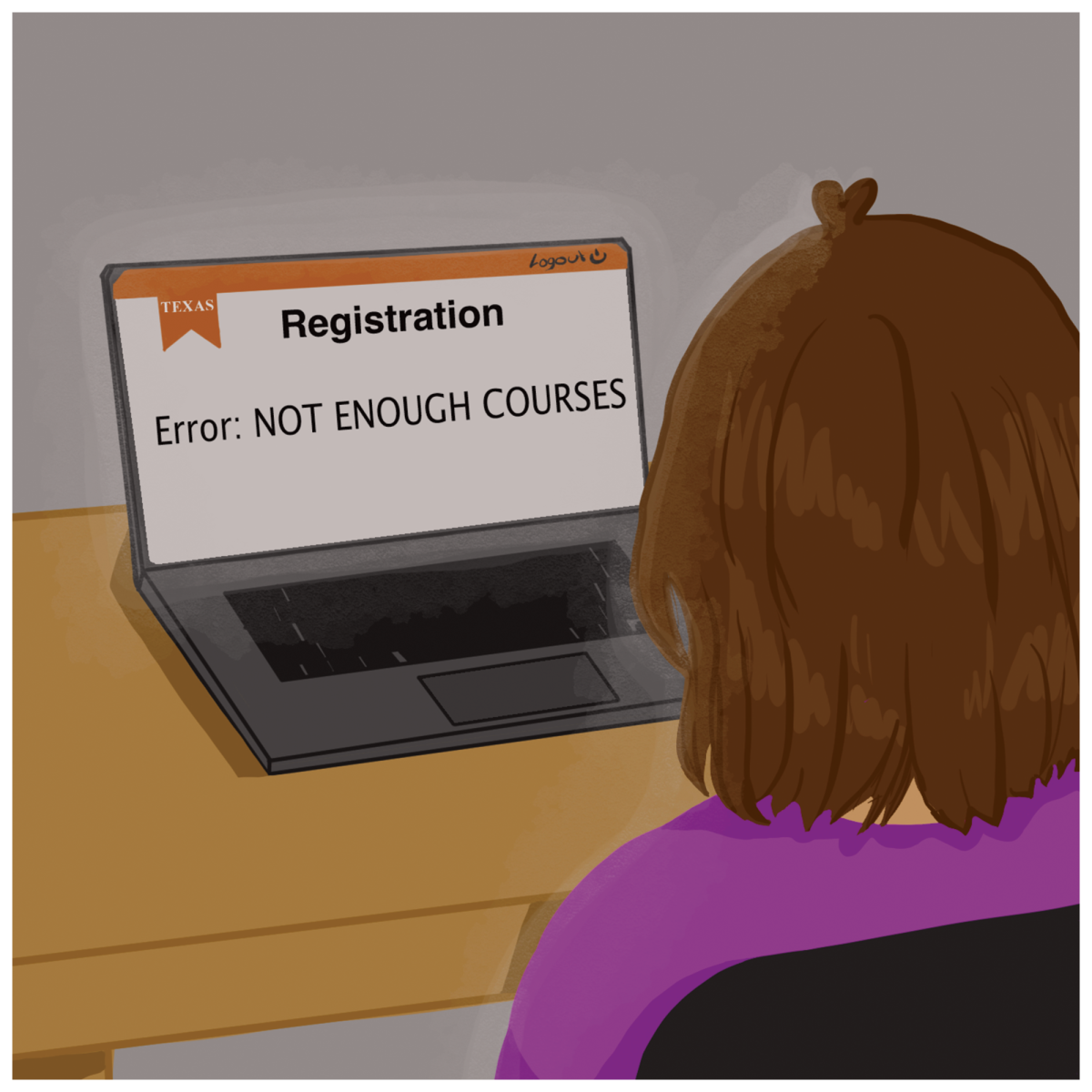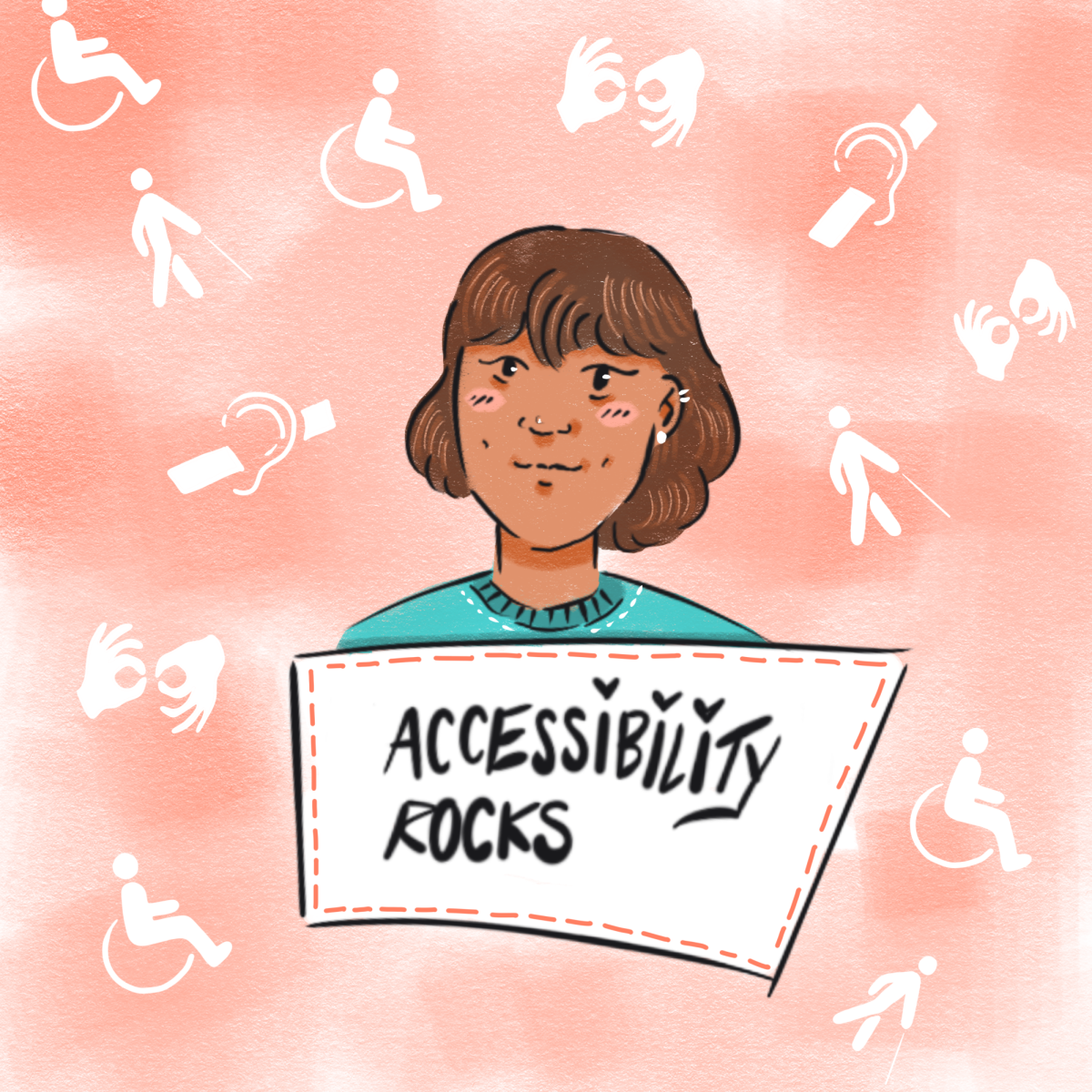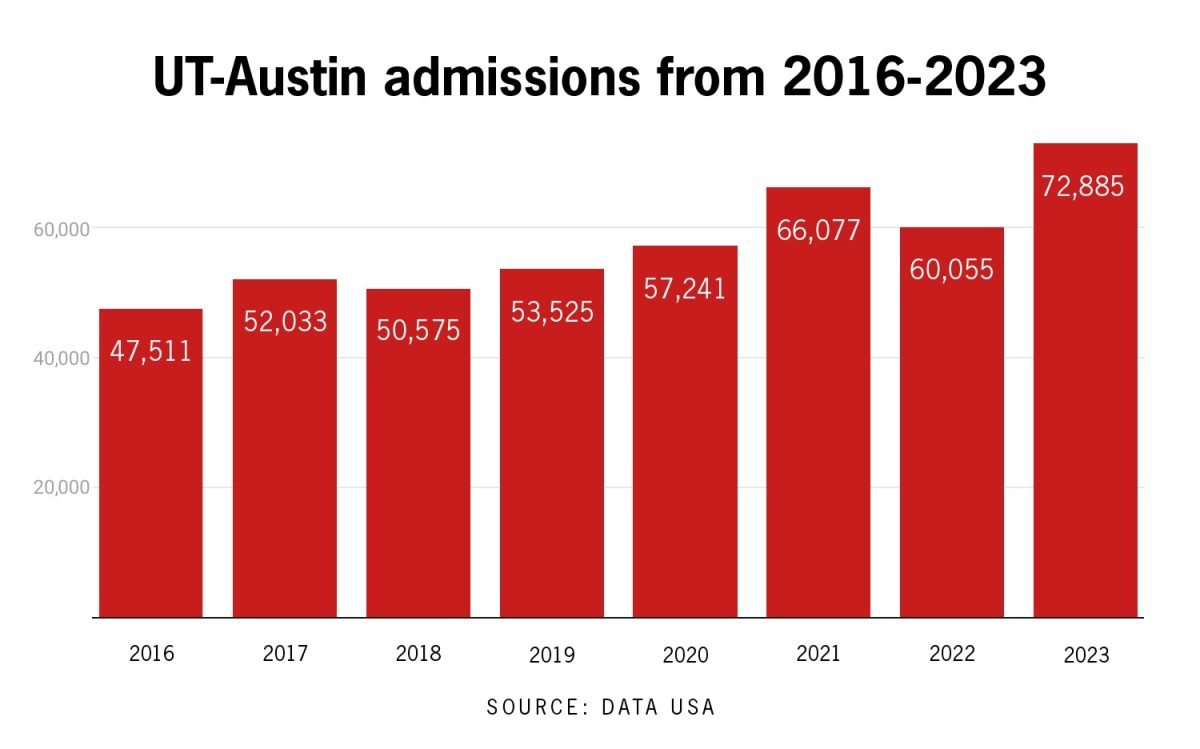Each semester as students prepare to register for the upcoming term, their registration access time plays an essential role in securing classes for their schedule.
At UT, one factor that determines a student’s access time is the Advanced Placement, International Baccalaureate or dual enrollment credit hours that are earned in high school and counted toward degree requirements. For students without access to classes with college credit opportunities or the necessary resources to obtain credit, this means their registration times will likely be later.
Currently, the University employs a simple formula to determine the registration access time for each student.
“Priority registration for our undergraduate students is focused on helping students closest to graduation get the classes they need in order to complete their program,” University spokesperson Kathleen Harrison said. “Class registration access times are assigned based on the student’s progress toward their degree at the time their registration record is created.”
Students may claim college level credits that they earned in high school, such as AP, IB or dual enrollment credits, at any point to apply to their degree.
While this model allows students who have earned college credits in high school to have earlier access to class registration, it may create barriers for students who did not have the same access to these courses.
Journalism sophomore Roberto Martinez graduated from a Title I, low-income public high school in Laredo, Texas. Martinez was able to take two of about six AP classes that his high school offered. He said he did not take the AP exams associated with his courses due to financial constraints.
“I have a friend who took an insane amount of AP courses, and I only took dual credit, (so) I only transferred in 12 hours and he transferred in 48,” Martinez said. “I don’t have access to all those AP courses that he had access to, so now I’m at a way later time than him. He’s gonna register way before me, and we’re both sophomores.”
This isn’t the first time that Martinez has felt the impact of a later registration time.
“Last year, I was registering for some classes that I needed,” Martinez said. “I couldn’t find any because I was so late in my registration time that I had to take some other classes that I needed but (weren’t) overall useful to me.”
Education sophomore Fatima Torres was offered a variety of AP classes at her charter high school in Austin. However, as a part of her school’s founding class, Torres said she saw many of her peers struggle with language barriers in their education.
“A lot of students were failing (our AP classes),” Torres said. “The teachers were not really good at (teaching the curriculum). … They were not really beneficial until I came to college and I actually understood it more deeply.”
Despite Torres’ ability to take these college level courses, the quality of education created a disconnect when it came to earning college credit for them.
“I remember they had a meeting about how AP classes would be beneficial for us if we were to pass the test,” Torres said. “I feel like that wasn’t reinforced enough in my school. And I also feel like the teachers were pushing everything at us really fast. … We just didn’t get a lot of practice in.”
Students across UT and other college campuses are likely to face these barriers, said Matthew Giani, a professor of sociology who studies social mobility for historically underrepresented and marginalized groups in K-12 and higher education.
“Schools with higher percentages of low-income students and students of color tend to have less access to college-level coursework,” Giani said. “Small, rural schools in particular often really struggle to have a diverse curriculum that they can provide to students. … There’s just a lot of inequality in terms of the college coursework that is available to students depending on the high school that they graduated from, and that inequality and access to college level coursework is likewise reflected in the kind of academic backgrounds of students coming to UT.”
In turn, this lack of access is translated into later registration access times for these students due to the current registration model.
“While the policy on its face doesn’t explicitly disadvantage low income students, students from rural schools or students of color, I think it’s really important to examine the extent to which it could actually cause inequity and cause students from less-resourced schools to have lower registration times and not be able to get the courses that they want,” Giani said.
Following the pandemic, Trinity University, a private liberal arts college in San Antonio, Texas, made a change to its former registration model to address inequity concerns.
While Trinity University previously applied credits earned in high school, such as AP, IB and dual credit courses towards total credit hours used to assign students registration times, they have since transitioned to a model that only allows credits earned after beginning at the university, or “post-matriculation,” to count toward registration times.
“We were really looking at what are some things that we could do to really level out the playing field so that everyone starts at the same (place),” said Lapétra Bowman, Trinity’s Director of Academic Advising. “It’s a question of what is equality versus equity, and the goal was equity.”
After a faculty member raised concerns about systemic inequities in how Trinity was determining registration times, Bowman said the post-matriculation model was applied to newly registering students to avoid disrupting the model that Trinity’s current students were previously familiar with.
While Trinity has seen success since implementing its updated registration model, Bowman said this success may be partially unique to Trinity’s status as a small, private university of around 2,500 undergraduate students.
“Our curriculum is so different, that it would not benefit the students who come in with 66 credits from another institution with an associate’s degree,” Bowman said. “I have yet to see a first year student come in with an associate’s (degree) here in my five years, but it’s something that you probably see very frequently at UT because of the Texas (core curriculum).”
Giani said the possibility of UT implementing a similar model to address inequity within its registration system would likely require wider considerations.
“You would need to look at the data and say, if we were to change this policy, how would that affect not only the potential stratification, … but also the impacts of if students can register for the courses that they need based on their prior credits,” Giani said.
Despite an unclear path moving forward, Giani said an important first step as a university is to acknowledge that an equity gap does exist within the current registration access time model and better understand how to close it.
“I think it’s one of those situations where there’s not a clear right answer,” Giani said.




















